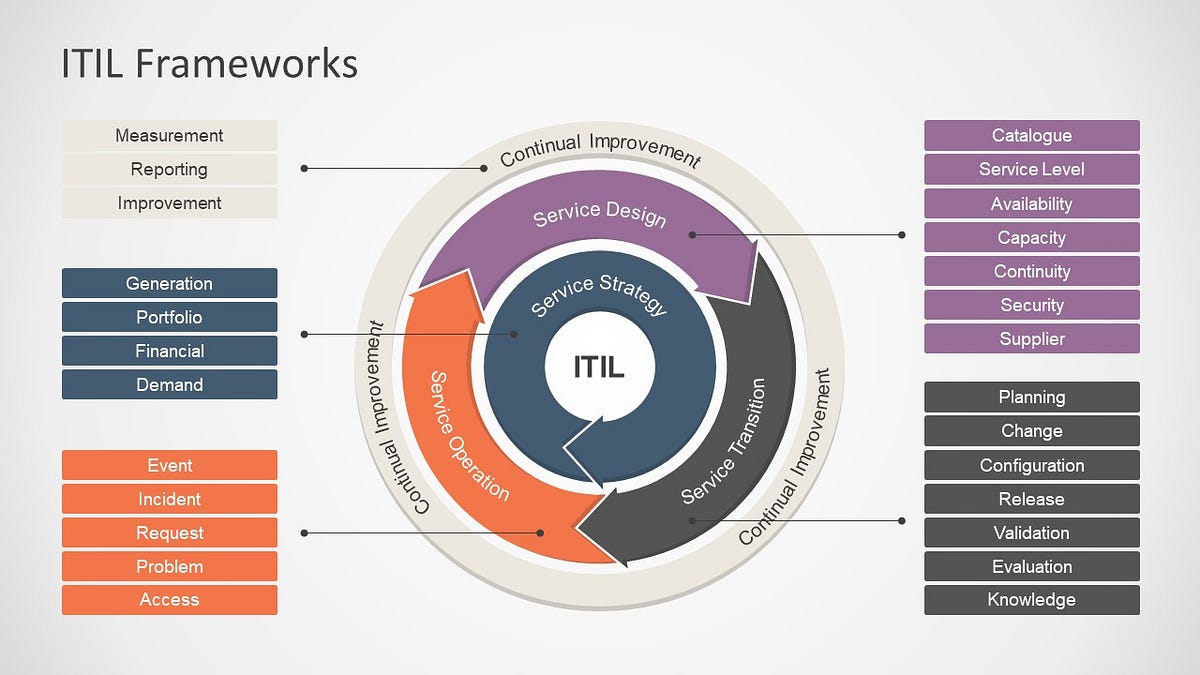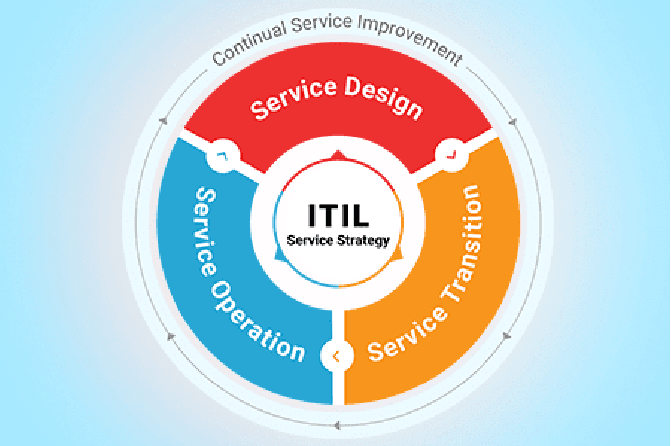Service Strategy
Service strategy defines the perspective, position, plans, and patterns that a service provider needs to execute to meet an organization's business outcomes. It ensures that organizations are prepared to manage costs and risks while delivering value to their customers.
Service Design
Service design translates strategic objectives into portfolios of services and service assets. It involves designing new services or modifying existing ones to ensure they meet current and future business needs. This phase focuses on creating service solutions and ensuring they are fit for purpose and use.
Service Transition
Service transition ensures that new or changed services are delivered into operational use in a controlled manner. It involves the coordination of resources, managing the complexities of change, and ensuring that service operations can manage the new or modified services effectively.
Service Operation
Service operation encompasses the day-to-day activities, processes, and infrastructure responsible for delivering and supporting IT services. It ensures that services are delivered effectively and efficiently, and it provides ongoing support to maintain service performance.
Continual Service Improvement
Continual service improvement (CSI) aims to improve the effectiveness and efficiency of IT services and processes. It involves identifying areas for improvement, implementing changes, and measuring the impact of these changes to ensure continuous enhancement of service quality.

